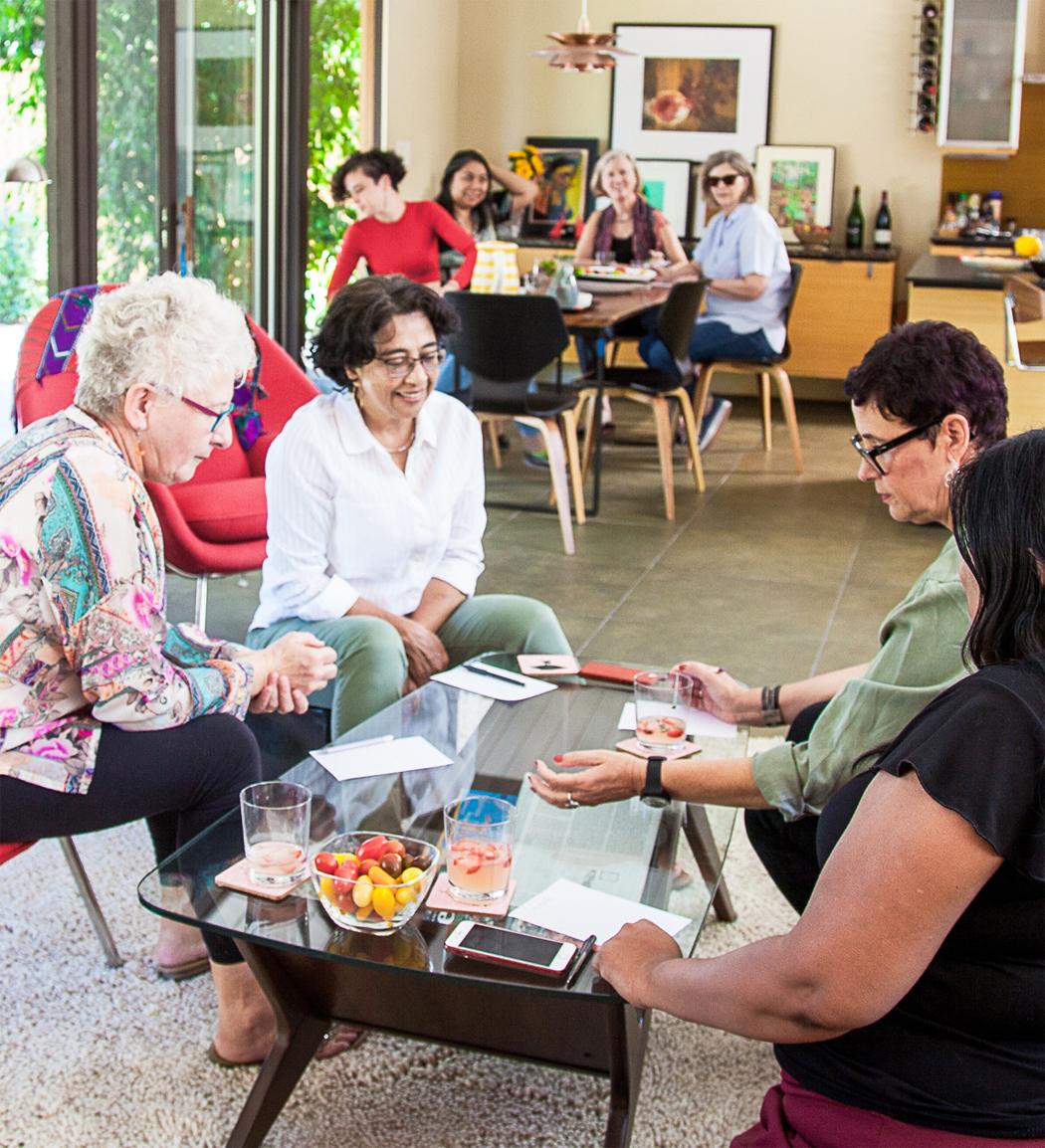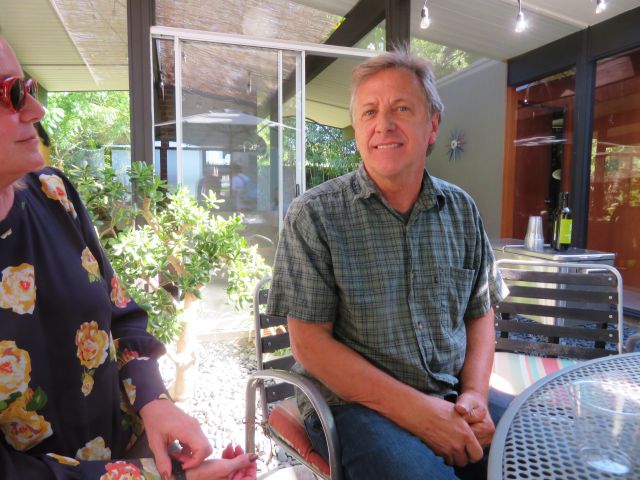
Things are Looking Up in Fairglen
 |
|
|
It was a proud moment for the San Jose Eichler neighborhood of Fairglen earlier this year when the largest portion of the tract was named to the National Register of Historic Places. It was recognition not only of the historic quality of the homes, but of the “crazy sense of community,” in the words of neighbor Scott Hintz, that made the achievement possible. Visit Fairglen by perusing ‘Razing the Roof’ in the new fall ‘19 issue of CA-Modern magazine.
The neighborhood, in the Willow Glen area, was built in the late 1950s and early 1960s. It’s actually two neighborhoods, which are not contiguous, though neighbors think of themselves as a social unit.
It was the larger cluster, of 218 homes, that won National Register approval. Rules say that a neighborhood must be contiguous to qualify as a historic district. But neighbors in the other section, with 90 homes, are seeking to replicate that success.
The portion of Fairglen is only the third Eichler tract to win that honor, and the first since 2005, when two Palo Alto neighborhoods got the nod.
 |
|
|
“We wanted to do something that is going to give us a sense, not of protection, but of recognition,” said Bill Pfahnl, a longtime neighborhood event “instigator,” as he calls himself, and one of the leaders of the National Register effort. “And hopefully the recognition prevents someone from coming in and scraping down a house and building a McMansion in this neighborhood.”
Visiting the neighborhood, one notices that not every home is intact and true to the original design. A fair number, for example, have gotten tall attic additions – and some of these were counted as authentic enough in style to 'contribute' to the historic quality of the tract.
Still, said Tom Borsellino, a longtime owner whose home is noted for its wonderful preservation, it was the presence of second stories, and attic stories, and the threat of more to come, that motivated many people to seek Register placement.
 |
|
|
(Although being on the Register does not impose any regulations that would prevent changes to homes, it does mark them as historic and as worthy of preservation. It is possible that city zoning regulations may follow.)
“What led to the historical preservation route was, one of the houses, the owners changed the roofline dramatically,” Tom said. “This came after several other houses had taken off altered roofs, and brought them back to the original.”
Other neighbors have said the decision to get on the Register was simply a desire to provide a sense of security, that the neighborhood they so loved would retain its looks. “The community wanted it,” said Sally Zarnowitz, who prepared the documentation. “People have been concerned about it for a long time.”
Just the fact that at least three owners had gone to the trouble and expense of removing added attic stories shows how serious people are in Fairglen about preservation, Tom added.
The Eichler Network first profiled this tract (as its first 'Neighborhood on the Rise'), also known as Fairglen Addition, back in 2006. Back then, there was already talk of seeking some form of protection against unwanted changes.
It’s notable that fewer than a handful of owners on the tract opposed placement on the Register. And of those who opposed, none showed up to protect when the state Historic Resources Commission approved the move, and sent its recommendation onto the Keeper of the National Register.
 |
|
|
Neighbors say that’s because folks in the neighborhood get along so well, know each other well, and talked the issue out thoroughly.
The communal feeling goes back to the beginning of the neighborhood and has never gone away. Few Eichler neighborhoods are as conscious of their history as Fairglen. From early on and to today, neighbors have organized events and learned from old-timers who came before them.
For many years, beginning in the early 1960s, the Fairglen Art Festival defined the neighborhood. It began as a small, community event, with artists showing in driveways and garages, and became a regional colossus attracting up to 5,000 people.
Although the festival died in the 1990s after getting too large to maintain, many other events have taken its place and continue to foster friendships, including an annual block party and 'Joey' awards, named for Joe Eichler, for top home and garden improvements.
Neighbors get together often for casual socializing, including Bunco games that attract many of the women.
 |
|
|
Steve Thatcher, who has lived in the neighborhood since 1960, when he was a boy, believes he may be the longest-tenured neighbor remaining. He recalled the cherry orchards still bordering the tract, and kids skateboarding.
His brother, Kevin, was particularly taken by the new sport – and became one of its leading lights a few years later as founder of Thrasher magazine.
Steve said the neighborhood has always been super social – though it became a bit of a “ghost town” in the 1970s and ‘80s. “The older original people were still here, but their kids were moved out,” he recalled. “Then new people started moving in.”
For more on Fairglen, read ‘Razing the Roof’ in the new fall '19 CA-Modern magazine.
- ‹ previous
- 580 of 677
- next ›



